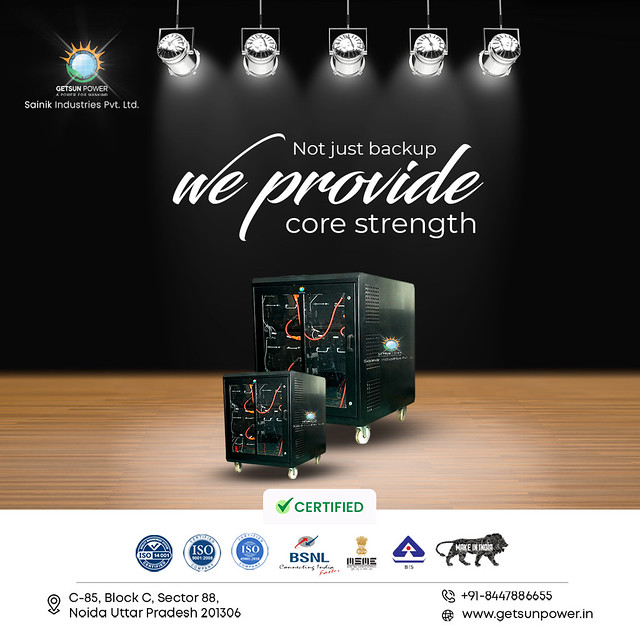Lithium Battery: Revolutionizing Energy Storage Systems
Manufacturing Method and Characteristics
The lithium battery, also known as the secondary lithium High-energy density lithium battery battery or lithium rechargeable cell, has emerged as a popular choice for various applications due to its high-energy density. It is commonly used in devices such as smartphon lithium battery es, electric vehicles, and renewable energy storage systems like the centralized energy storage system.
One of the main reasons behind the widespread adoption of lithium batteries is their unique manufacturing process. These batteries are typically composed of several layers, including a positive electrode (cathode), negative electrode (ano

de), separator, electrolyte solution, and current collectors. The active materials used in these electrodes allow for efficient charging and discharging cycles.
Furthermore, lithium-ion batteries possess several notable characteristics that make them highly sought after. They offer high specific energy and power densities compared to other rechargeable batteries on the market today. Additionally, they have low self-discharge rates and can oper

ate at high voltages while maintaining stability.
Advantages and Usage Methods
The advantages of using lithium batteries extend beyond their impressive performance me Lithium rechargeable cell trics. Firstly, they provide a longer lifespan compared to traditional lead-acid or nickel-cadmium batteries. This increased longevity translates into cost savings over time since users won’t need to replace them as frequently.
Secondly, lithium batteries are lightweight and compact in design without compromising capacity or efficiency. This featu Secondary lithium battery re makes them ideal for portable electronics where space constraints are critical.
Regarding usage methods for these advanced energy storage solutions:
1) In consumer electronic devices such as laptops or smartphones – simply connect the device’s charger with an appropriate voltage output.
2) In solar-powered motion flood lights – install the battery within the light fixt Centralized Energy Storage System ure itself so it can absorb sunlight during daylight hours.
3) In electric vehicles – integrate lithium battery packs into vehicle frames or compartments for powering propulsion systems effectively.
4) In centralized energy storage systems – connect multiple units together to form larger power banks capable of sustaining entire residential communities or industrial facilities.
Selecting t solar powered motion flood lights he Right Lithium Battery and Conclusion
When choosing a lithium battery, there are several factors to consider. Firstly, the required energy capacity must match the intended application. For instance, electric vehicles typically require high-capaci lithium battery ty batteries to achieve longer driving ranges.
Secondly, it is essential to select a reputable supplier known for producing reliable lithium-ion batteries with adequate safety measures in place. The market offers numerous options in terms of suppliers specializing in lithium-ion technologies.
In conclusion, the development and adoption of lithium batteries have brought about transformative changes within various sectors such as electronics, transportation, and renewable energy storage systems. Their uniq lithium battery ue manufacturing process, exceptional characteristics like high-energy density and stability during operation make them an ideal choice for demanding applications. Whether powering our smartphones or enabling sustainable energy solutions through centralized storage systems, lithium batteries are undoubtedl Lithium Ion Battery suppliers y revolutionizing how we store and use electricity.
